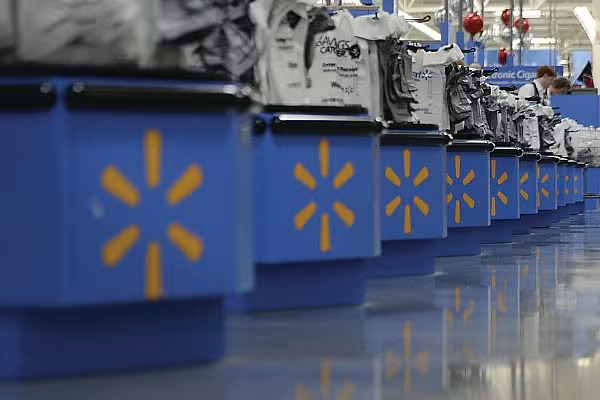Where customers lead, retailers follow, and with the dynamics of grocery changing as a result of the pandemic, being able to stay ahead comes with challenges, as Lindsey Mazza, Global Retail Lead, Capgemini, explains.
Data and analytics have transformed every industry imaginable – perhaps none more so than the grocery sector. Today, if you find yourself in desperate need of a single bar of chocolate, a cold beer, or a bottle of shampoo, there are countless online delivery options at your fingertips. And with such speedy delivery times on offer, if you clicked ‘buy’ now, your order could be at your door within 10 minutes.
The rapid rise of app-based delivery services, promising goods within an hour or less, has brought about enormous disruption in the grocery and mass merchandise industries.
What started over a decade ago when supermarkets first offered online delivery has been transformed by the pandemic and the strong subsequent international demand for services that improve safety and wellness.
Since March of last year, there has been almost $14 billion (€11.2 billion) of investment globally into on-demand grocery delivery services. The crucial factor in all this is the immense amount of data, analysis and infrastructure that makes the fulfilment of such orders possible.
A Fresh Approach To FMCG Delivery
The new grocery and mass merchandise delivery services aren’t really in the grocery business at all; they are in the data and logistics business. The key to success in any field is knowing and understanding your customer. Thanks to data and analytics, these businesses know what their customers want, and when. Meeting that demand is what sets these new players apart.
Of course, it’s far more costly for these businesses to have multiple small-vehicle deliveries when compared with the large-scale shipping for hundreds of miles which the big supermarkets rely on. However, these costs can be recouped through using tactically located, less aesthetic, yet still wholly functional fulfilment centres or ‘dark stores’.
With the help of AI and machine learning, businesses can monitor and replace stock in dark stores far more efficiently, and in a more cost effective manner, as there's no need for any employee to worry about refacing. All-in-all, customers enjoy a quick turnaround from order to delivery. Because, if you know exactly where something will be, you can fetch it much faster.
Today’s Approach To Tomorrow’s Consumer
Innovative supermarkets and mass merchandisers have also recognised the demand for rapid delivery of smaller orders. Since the start of the pandemic, grocers and mass merchants in the US and beyond have been diversifying their offerings.
We have seen organisations that vowed they would never step into the delivery market enthusiastically lining groceries up for collection. But that’s the nature of the business – you have to keep up with the demand.
You never know what tomorrow’s consumer will need; as a result of the pandemic, many steadfast in-store shoppers were forced to go online, so businesses had to adapt or fold.
Walmart (pictured) is a great example: the company quickly recognised it needed to scale up automation, and declared it would increase focus on stores that could serve as market fulfilment centres. The organisation understood the value of using automation for retrieving an order for assembly, saving the expertise of human workers for where it matters and freeing up their time to focus on more specialised activities.
Major supermarket groups are beginning to take a leaf out of disruptors’ books. With less focus on marketing the storefront, investment can instead flow to analytics and data technologies. Armed with these tools, they can bring down delivery times and improve customer experience, ensuring they remain competitive.
For example, the success of Kroger and Ocado’s collaboration is a great example of the kind of partnership we can expect to see more of in the near term – and these are the initiatives that will see grocers and mass merchants move from strength to strength.
© 2021 European Supermarket Magazine. Article by Lindsey Mazza, Global Retail Lead, Capgemini. For more Retail news, click here. Click subscribe to sign up to ESM: European Supermarket Magazine.














